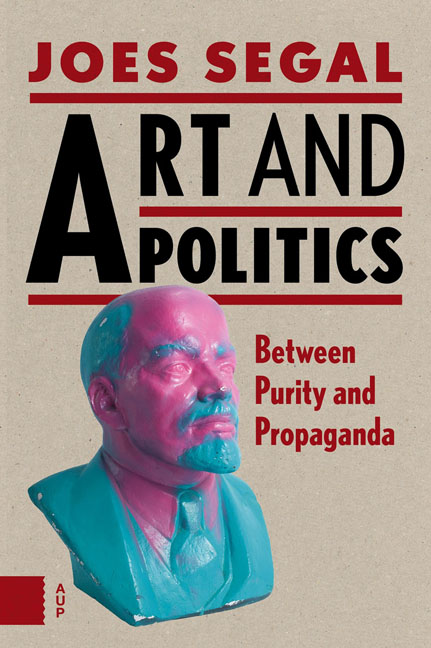Book contents
- Frontmatter
- Contents
- Introduction
- 1 Positive and Negative Integration: The First World War in France and Germany
- 2 Between Nationalism and Communism: Diego Rivera and Mexican Muralism
- 3 National and Degenerate Art: The Third Reich
- 4 Internal and External Enemies: The Cold War
- 5 From Maoism to Capitalist Communism: The People’s Republic of China
- 6 The In-Between Space: Kara Walker’s Shadow Murals
- 7 A Heavy Heritage: Monuments in the former Soviet Bloc
- Conclusion
- Notes
- Bibliography
- Index of names
5 - From Maoism to Capitalist Communism: The People’s Republic of China
Published online by Cambridge University Press: 16 February 2021
- Frontmatter
- Contents
- Introduction
- 1 Positive and Negative Integration: The First World War in France and Germany
- 2 Between Nationalism and Communism: Diego Rivera and Mexican Muralism
- 3 National and Degenerate Art: The Third Reich
- 4 Internal and External Enemies: The Cold War
- 5 From Maoism to Capitalist Communism: The People’s Republic of China
- 6 The In-Between Space: Kara Walker’s Shadow Murals
- 7 A Heavy Heritage: Monuments in the former Soviet Bloc
- Conclusion
- Notes
- Bibliography
- Index of names
Summary
The proclamation of the People's Republic by Mao Zedong on October 1, 1949, at Tiananmen Square (Square of Heavenly Peace) in Beijing, did not just mean a watershed in terms of political and economic organization, but also introduced a completely new attitude towards culture and tradition in China. In the course of millennia, the Chinese empire, in spite of many border changes, ethnically divergent dynasties and varying systems of government, always cherished its deeply rooted traditions. The teachings of Confucius (551-480 BCE), with their emphasis on respecting ancestors, social harmony, governmental hierarchy, loyalty towards state and family, and responsibility vis-à-vis the common good, at times in combination with Taoism or Buddhism, had been a defining factor in Chinese culture for many centuries.
Communism changed all this by officially condemning the Confucian tradition as ‘feudal’ and ‘bourgeois.’ Maoism, the Chinese version of Marxism-Leninism, was future-oriented and grounded in social equality. This new ideology had immediate consequences for the Chinese art world. Guohua, a traditional Chinese art form based on the concept of harmony and inner spirituality (predominantly landscapes, animals or still-lives in ink or watercolor on paper or parchment), had to yield to socialist folk art. In the 1950s, China principally looked to the Soviet Union for artistic inspiration. During the Cultural Revolution (1966-76), the break with the past became absolute. The Chinese Communist Party (CCP) rejected all traditional ideas and cultural forms, restricting the visual arts to petrified images of the Great Helmsman Mao. However, after his death in 1976, and especially from the political leadership of Deng Xiaoping in 1978, China witnessed a process of radical economic liberalization with strong and sometimes paradoxical consequences for the art world. Until this very day, China is a one-party state governed by the CCP, but Chinese art after Mao developed in a completely new direction, offering an intriguing inner perspective on the changing structures and relations throughout the country.
How did Mao and the CCP try to redefine art in order to make it subservient to their political goals? What were the consequences of the Cultural Revolution for the Chinese art world, and what were the effects of Deng's economic reforms? How does the Chinese government nowadays relate to contemporary art, and how does it define what is tolerated and what is not?
- Type
- Chapter
- Information
- Art and PoliticsBetween Purity and Propaganda, pp. 79 - 98Publisher: Amsterdam University PressPrint publication year: 2016



